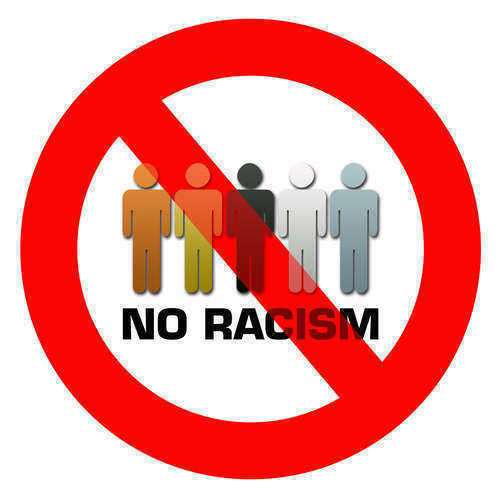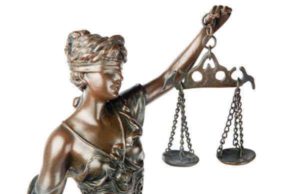5 Minute Guide to Racial Discrimination

5 Minute Guide to Racial Discrimination: Understanding Its Forms and Impact
Introduction
Racial discrimination is a pervasive issue that affects people of color in many aspects of life. It can take many different forms, from overt acts of racism to more subtle forms of bias and exclusion. Here’s a closer look at racial discrimination, its forms, and its impact.
What is Racial Discrimination?
Racial discrimination is the differential treatment of individuals based on their race or ethnicity. This can include:
– Treating individuals of different races unfairly or differently in hiring, promotion, or other job-related decisions.
– Denying individuals of different races access to housing, education, or other opportunities.
– Making assumptions or stereotypes about individuals based on their race or ethnicity.
– Engaging in racial slurs, harassment, or violence against individuals of different races.
Forms of Racial Discrimination
Some of the most common forms of racial discrimination include:
– Individual racism: intentional or unintentional discriminatory acts against individuals based on their race or ethnicity.
– Institutional racism: policies, practices, and procedures within institutions that have a disproportionate impact on individuals of certain races.
– Microaggressions: subtle, everyday acts that reinforce racial stereotypes and exclusion.
– Colorism: discrimination based on skin color within the same racial group.
Impact of Racial Discrimination
Racial discrimination can have many negative effects on individuals and communities, including:
– Economic consequences, such as decreased earnings and job opportunities.
– Mental health effects, including stress, anxiety, and depression.
– Physical health effects, including increased risk of illness and injury.
– Social consequences, such as isolation and exclusion from social and institutional structures.
– Reinforcement of racial stereotypes and limitations on individual potential.
Addressing Racial Discrimination
Addressing racial discrimination requires a multi-faceted approach that involves education, advocacy, and legal action. Some strategies for addressing racial discrimination include:
– Advocating for policies that promote racial equality, such as non-discrimination laws and affirmative action.
– Providing education and training to promote awareness and understanding of racial discrimination and its effects.
– Empowering individuals and communities who have experienced discrimination to speak out and take action.
– Supporting and promoting diversity and inclusion in all aspects of life.
– Engaging in anti-racism efforts and allyship to challenge and dismantle systems of racism.
Conclusion
Racial discrimination is a complex issue that has far-reaching effects on individuals and communities. Recognizing and addressing racial discrimination requires a concerted effort from everyone, and it begins with education, advocacy, and support for individuals who have experienced discrimination. By working together to promote racial equality and challenge discrimination, we can build a more inclusive and just society for all.
What is Racial Discrimination?
Racial Discrimination, which is also known as ‘racism’, is the implementation of action resulting from unfounded opinions that are preconceived in nature with regard to the race of another individual or group. Racial Discrimination is considered to be lacking any empirical or pragmatic reasoning or basis. However, the end result is one that can be classified as an illegal, discriminatory, and unlawful act.
Types of Racial Discrimination
Racial Discrimination can take place in a variety of forms and is rarely specific to a single race. While minorities can be susceptible to Racial Discrimination, circumstances exist in which even Racial Discrimination can exist in a reverse fashion:
Reverse Racism: Reverse Racism is a brand of Racial Discrimination that exists in the event that discrimination and bias exists involving a race comprising the majority of a population in lieu of a minority
Employment Racial Discrimination: Racial Discrimination that takes place with regard to hiring practices for employment that involve the unfair and biased treatment, analysis, and review of applications submitted by minorities. This is considered to be employment-based Racial Discrimination.
In order to combat this nature of Racial Discrimination, programs have been imposed on a Federal level that aim to ensure the equal opportunity afforded to all races within the scope of employment. Such programs include the Equal Opportunity Program, as well as the Affirmative Action Program.
Hate Crimes: Hate Crimes are categorized as criminal acts that target victims based on their respective race in tandem with prejudice upheld by the perpetrator(s).























